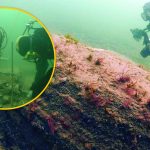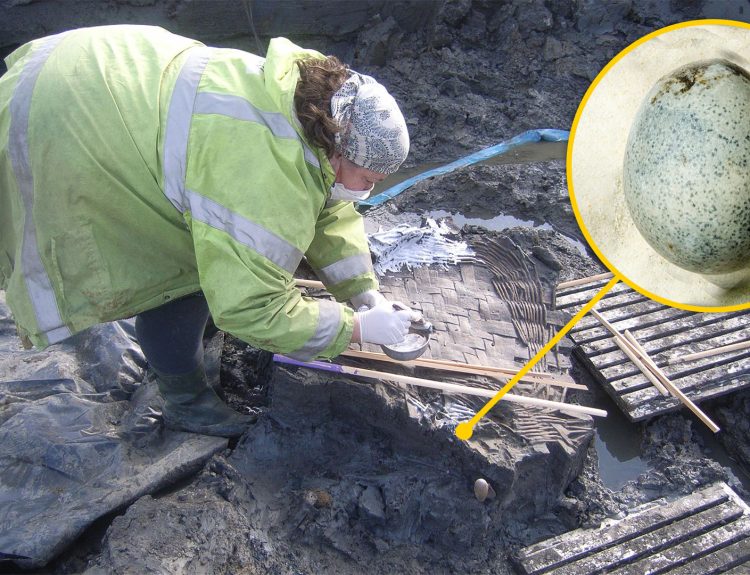An avid Great Lakes shipwreck hunter recently discovered the wreck of a ship that sank beneath the waters of Lake Superior in 1940, taking its captain with it. While Lake Superior is no stranger to shipwrecks, the story of the Arlington’s final moments has been the subject of debate for some time.
The Arlington was found at the bottom of the lake almost 84 years after it sank thanks to the efforts of Michigan resident Dan Fountain and the Great Lakes Shipwreck Historical Society. When Fountain’s remote sensing equipment pinged on an anomaly off the Keweenaw Peninsula, it wrote the final chapter in the strange story of the Arlington.
Searching the Great Lakes
The Great Lakes Shipwreck Historical Society, located at Whitefish Point in Michigan’s Upper Peninsula, is dedicated to identifying, documenting, and preserving shipwrecks on the Great Lakes, the largest freshwater system in the world.
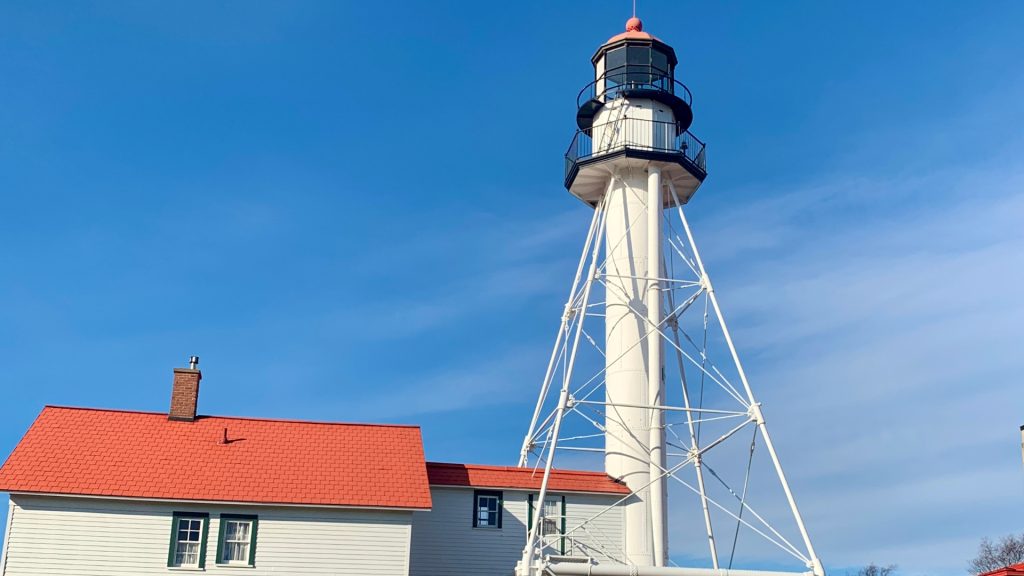
Dan Fountain, who makes his home in Negaunee, Michigan, has spent the last decade as a shipwreck researcher. He scans the lake bottoms for anomalies using remote imaging technology. Fountain contacted Bruce Lynn, the executive director of the Great Lakes Shipwreck Historical Society when he located a potential wreck.
“It Absolutely Was a Shipwreck“
When Fountain contacted the historical society regarding his potential target, Lynn was cautiously optimistic. He noted, “These targets don’t always amount to anything … but this time, it absolutely was a shipwreck.”

The wreck turned out to be, as Lynn put it, “a wreck with an interesting, and perhaps mysterious story.” The historical society was able to identify the wreck. Lynn said, “Had Dan not reached out to us, we might never have located the Arlington.”
It Took a Team to Confirm the Discovery
Dan Fountain teamed up with researchers from the Great Lakes Shipwreck Historical Society to investigate the anomaly from his sonar scan. Darryl Ertel, the historical society’s director of marine operations, and Fountain joined the crew of the David Boyd research vessel.
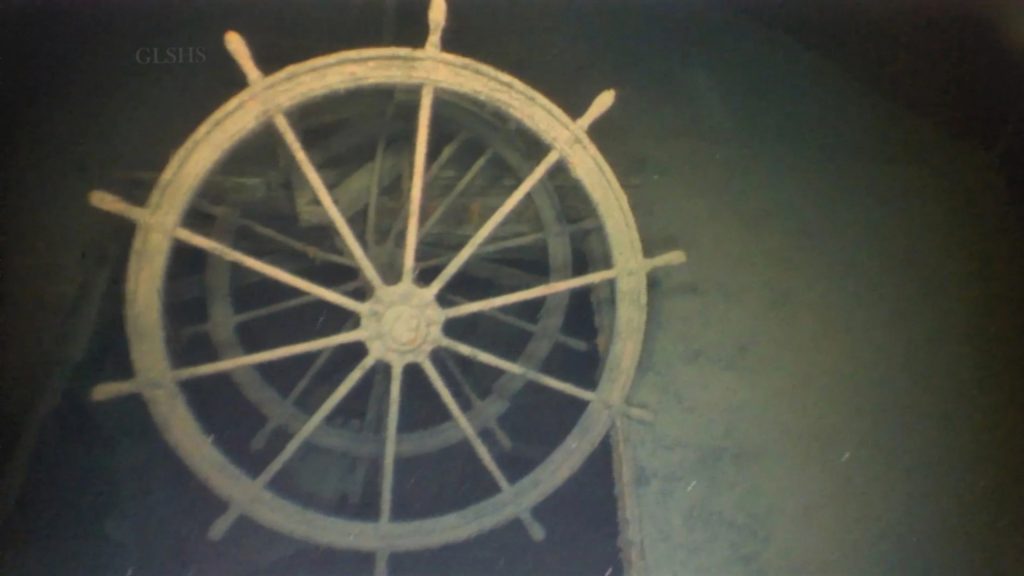
They towed a side-scanning sonar over the area to confirm the wreck. After that, a remote operated camera was sent to the lake bottom to get a closer look at the wreckage. This was how the Arlington was positively identified.
Lake Superior’s Ship Graveyard
There are an estimated 6,000 shipwrecks in the five Great Lakes that have taken the lives of roughly 30,000 sailors. There may be as many as 550 wrecks in Lake Superior alone. There are still many wrecks o that have yet to be discovered.
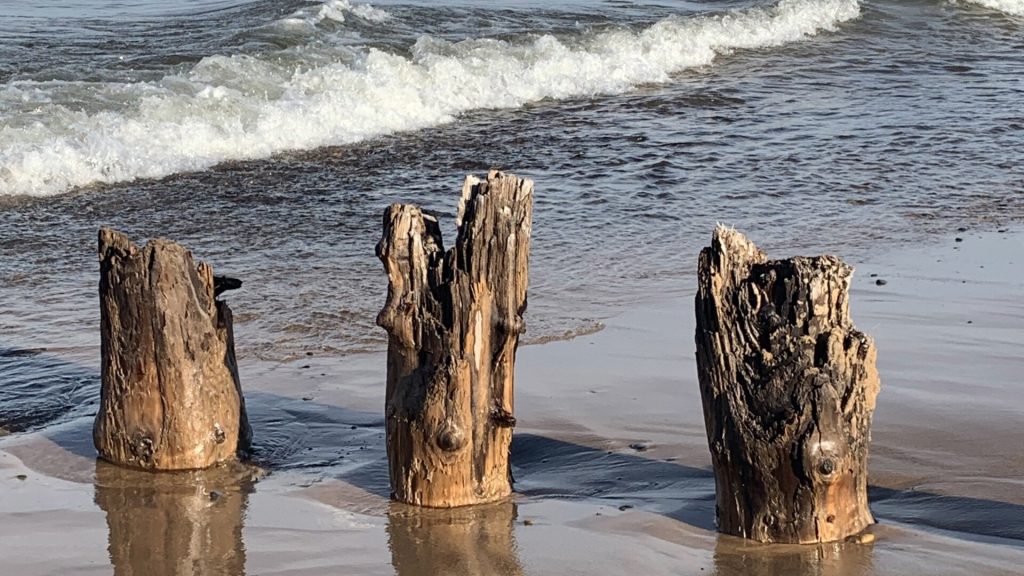
As the largest and deepest of the Great Lakes, Lake Superior is a treacherous body of water. The spot where the Arlington was found is 600 feet underwater and is about 35 miles north of the Keweenaw Peninsula.
The Story of the Arlington
The Arlington was a 244-foot bulk carrier loaded with wheat. It set sail from Port Arthur, Ontario, on the northwest coast of Lake Superior, on April 30, 1940, with Captain Frederick “Tatey Bug” Burke at the helm. The ship, along with a larger freighter, the Collingswood, were sailing to Owen Sound, Ontario, located on the shore of Lake Huron.
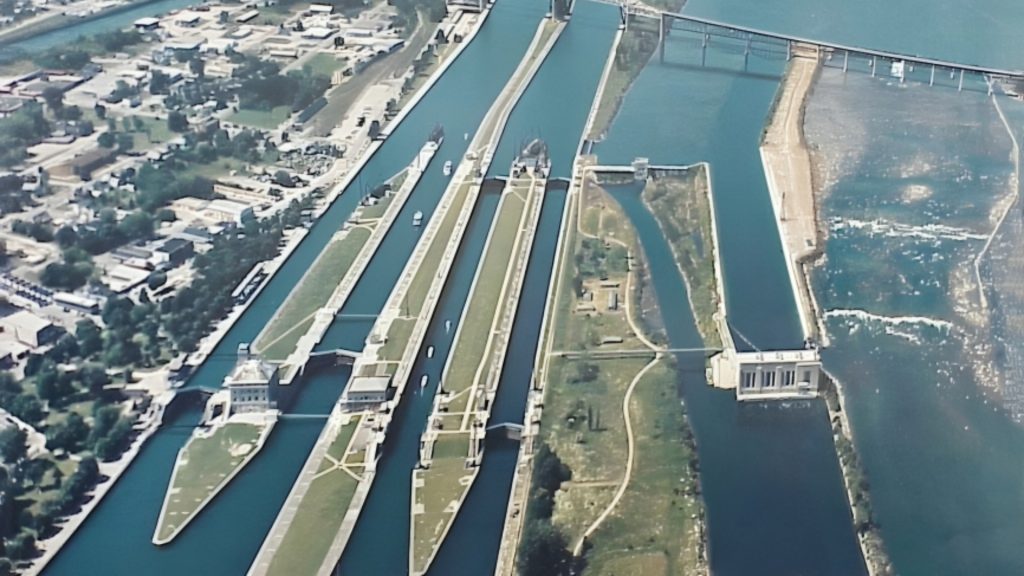
The route took them across the north side of Lake Superior, and they planned to cross the Soo Locks in Sault Ste. Marie which would take them into Lake Huron. Captain Burke was an experienced ship’s captain and a veteran of the Great Lakes. He had made this crossing many times before.
Dense Fog Rolled Across the Lake
After the Arlington and the Collingwood set sail, thick, heavy fog blanketed Lake Superior, making navigation difficult. As night fell, it began to storm. Both ships were battered by the high waves. The Arlington, as the smaller of the two ships, struggled in the rough water and began to take on water.
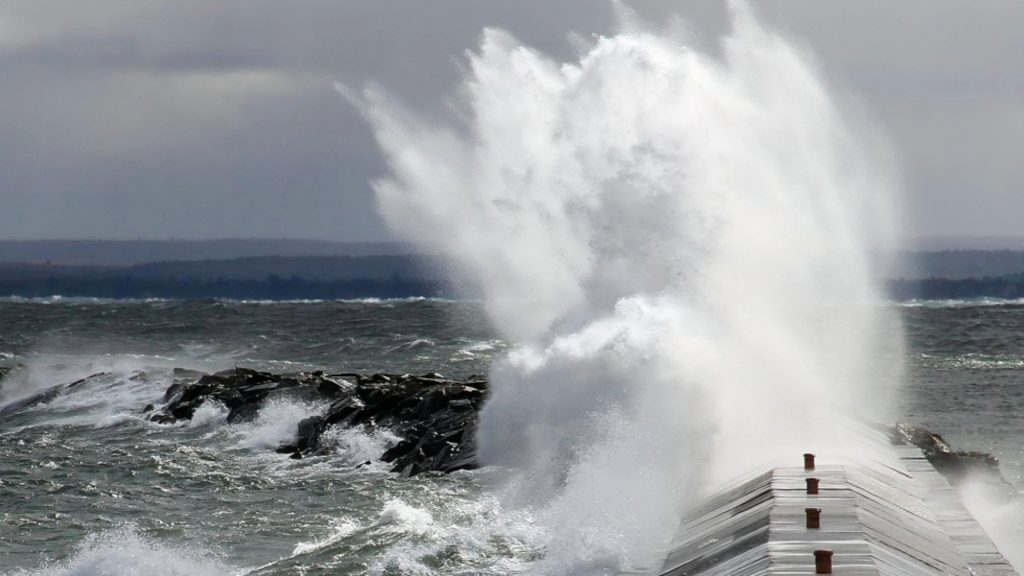
First mate, Junis Macksey, ordered the crew of the Arlington to change course. He planned to hug the northern shore of Lake Superior where they could take cover from the strong winds. It was the sensible thing to do … to everyone except Captain Burke.
Back on Course
Captain Burke overrode First Mate Macksey’s order. He directed the crew to return the Arlington to its original course. But that took the Arlington into open water. The ship was ravaged by the storm even more. The crew was concerned.
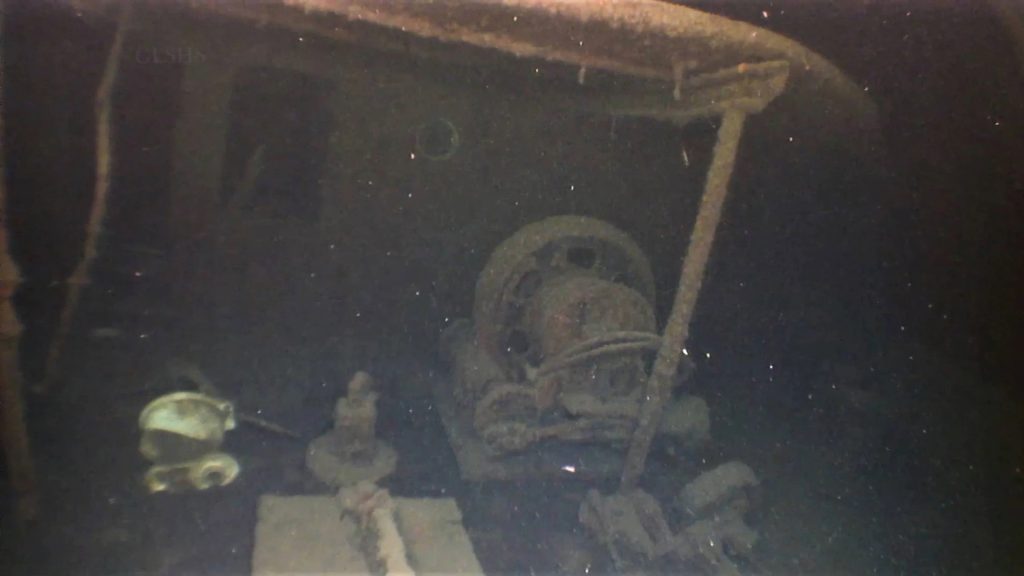
At 4:30 a.m. the next day, May 1, 1940, the Arlington was sinking. Fred Gilbert, the ship’s chief engineer, sent out a distress call. The Collingwood, which was still in the area, responded to the call. By this time, the crew was in fear for their lives.
Going Down with the Ship
The crew didn’t wait for orders from Captain Burke. They abandoned the sinking ship. All of the crew of the Arlington miraculously made it safely to the Collingwood. That is, everyone except Captain Burke.
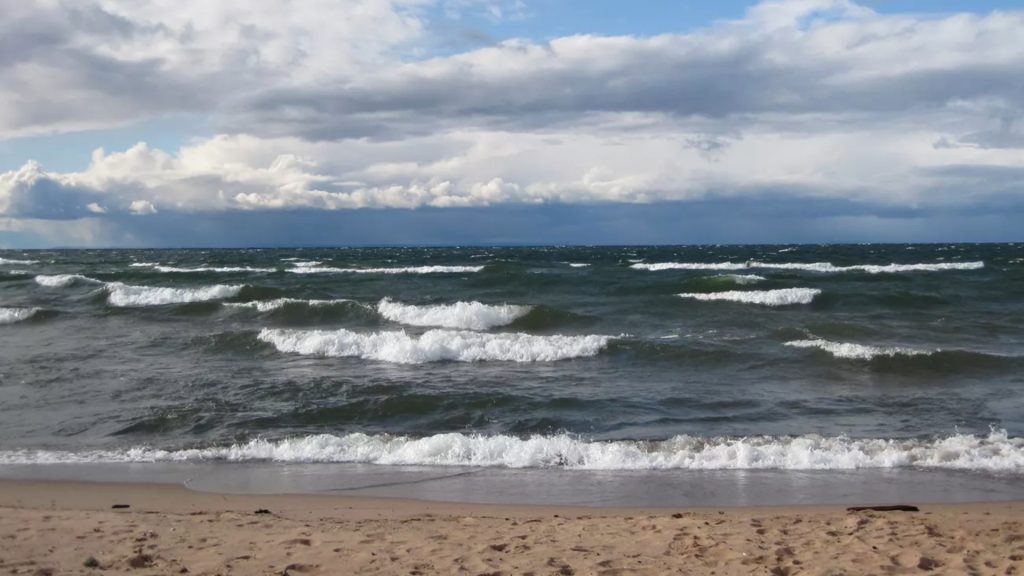
Although Captain Burke had ample opportunity to flee the sinking ship, it stayed with the Arlington. People aboard the Collingwood observed Captain Burke near the Arlington’s pilothouse. He waved to the Collingwood and, a few minutes later, he and the ship disappeared below the water.
Captain Burke’s Odd Behavior
First mate Macksey, chief engineer Gilbert, and the other crew members were perplexed by Captain Burke’s odd behavior. They had sailed with him before and found him to be a competent commander and skilled navigator.
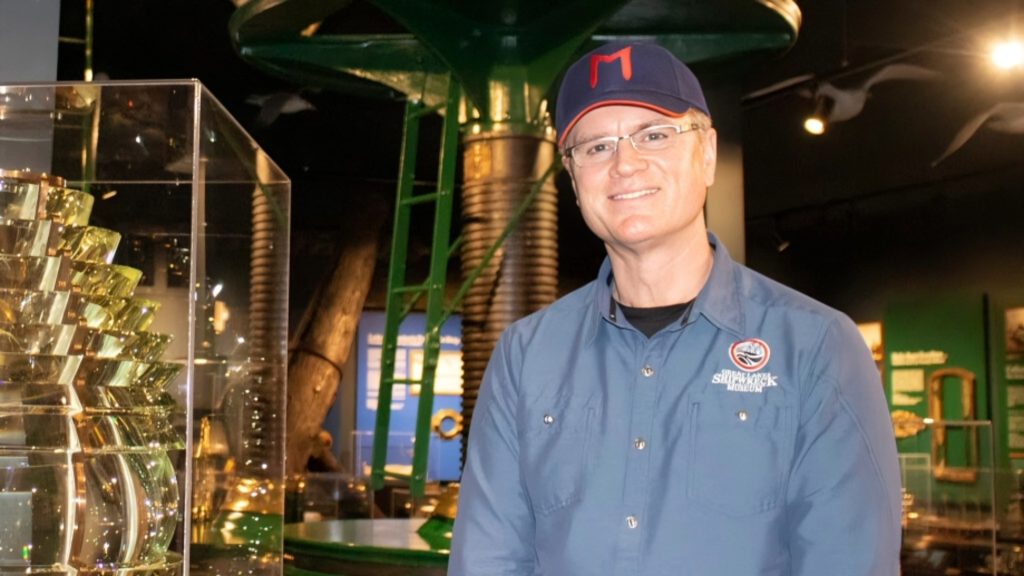
After the incident, the sinking of the Arlington was investigated but that didn’t answer the questions everyone had about Captain Burke’s puzzling decision to head into open water and his decision to go down with the ship. According to the historical society, “No one will ever know the answers.”
The Final Chapter in the Story of the Arlington
The discovery of the Arlington solved one mystery – the location of the shipwreck – even if it didn’t answer the question about why Captain Burke refused to leave his sinking ship.
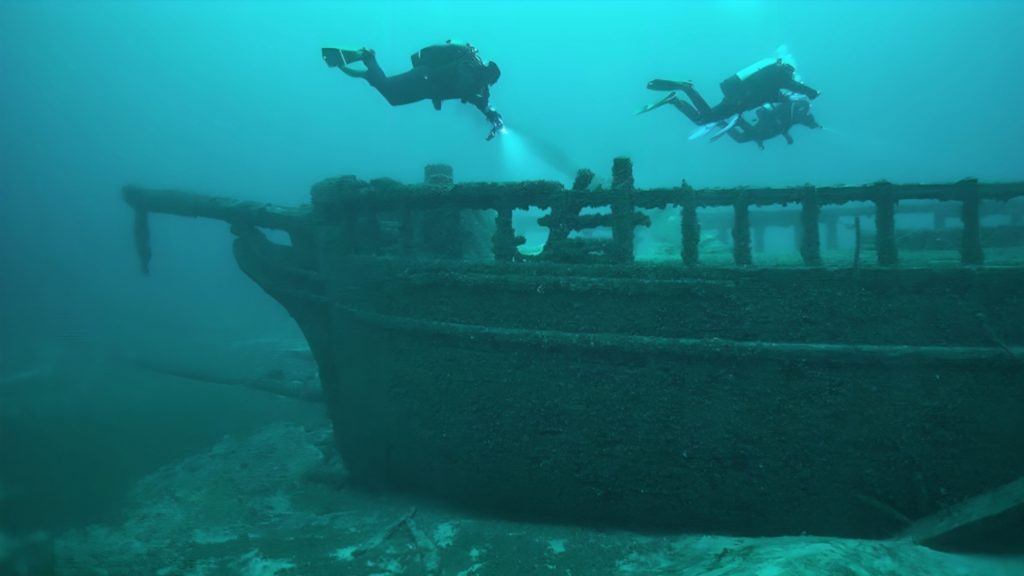
Source: Facebook Dan Fountain, who discovered the wreck, said, “It’s exciting to solve just one more of Lake Superior’s many mysteries, finding the Arlington so far out in the lake. I hope this final chapter in her story can provide some measure of closure to the family of Captain Burke.”


